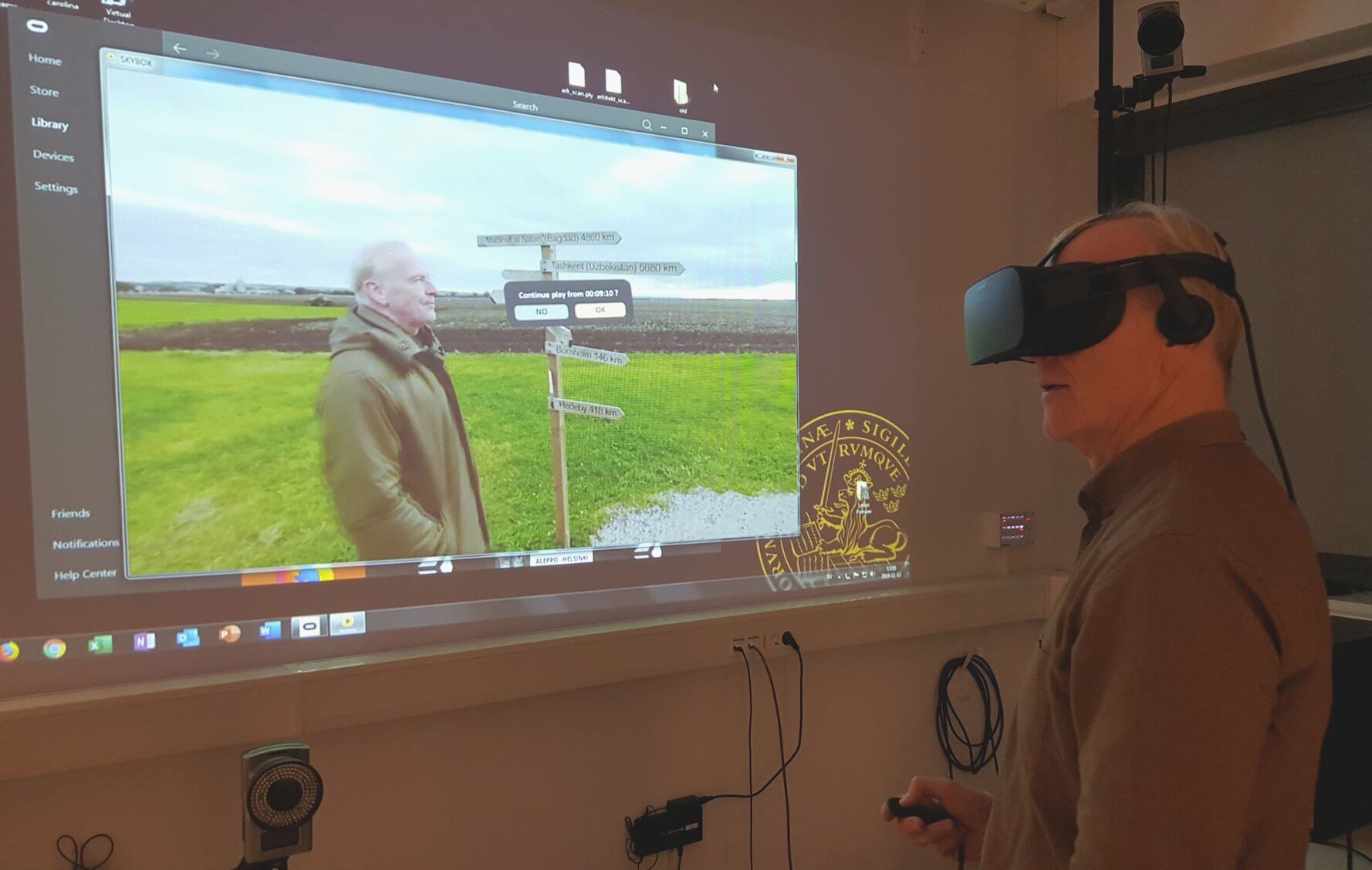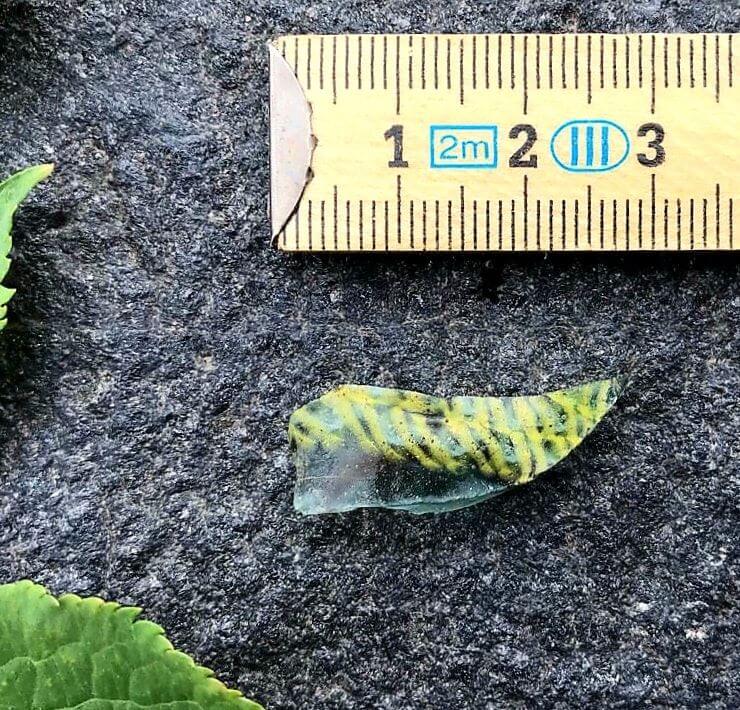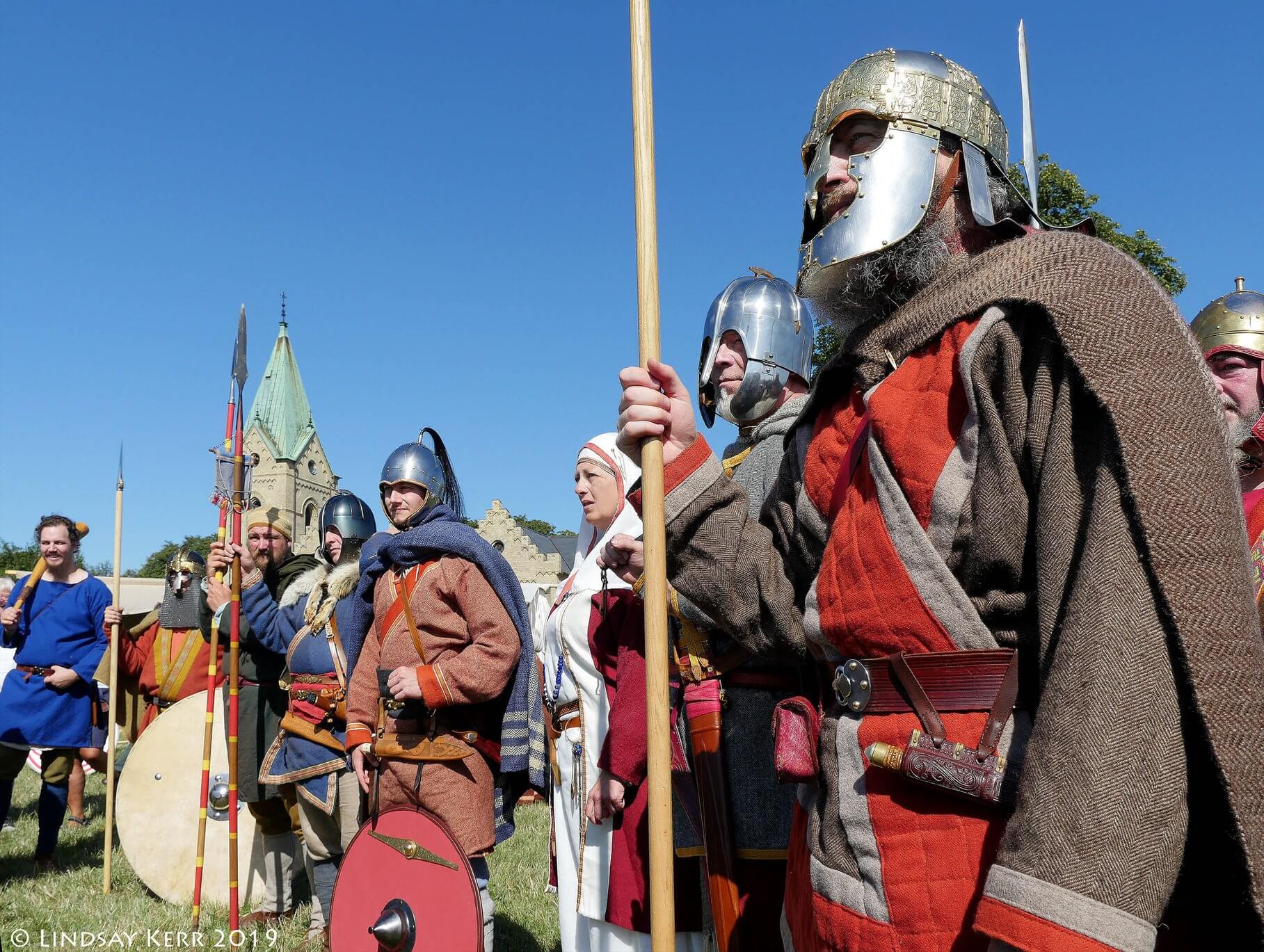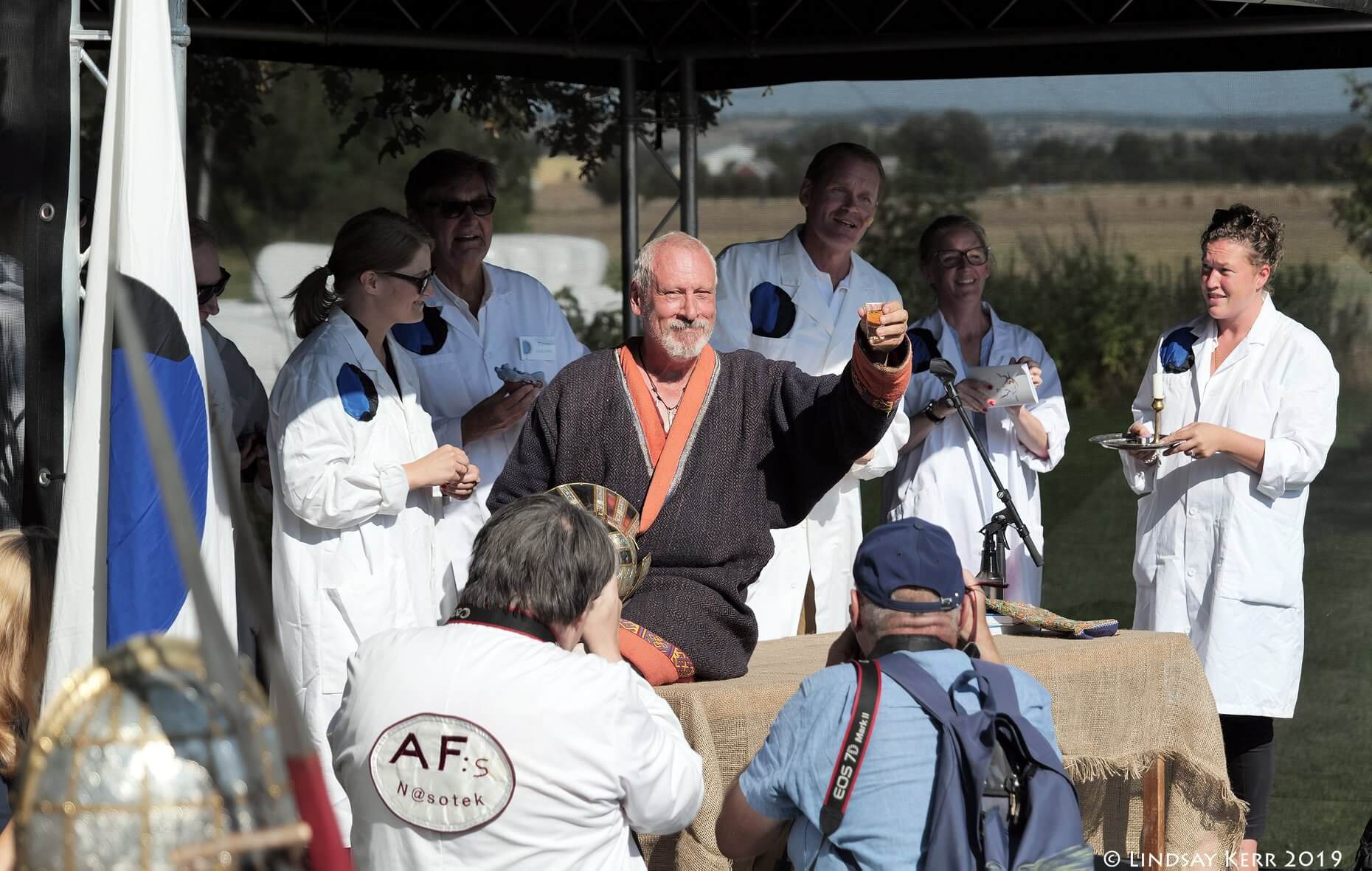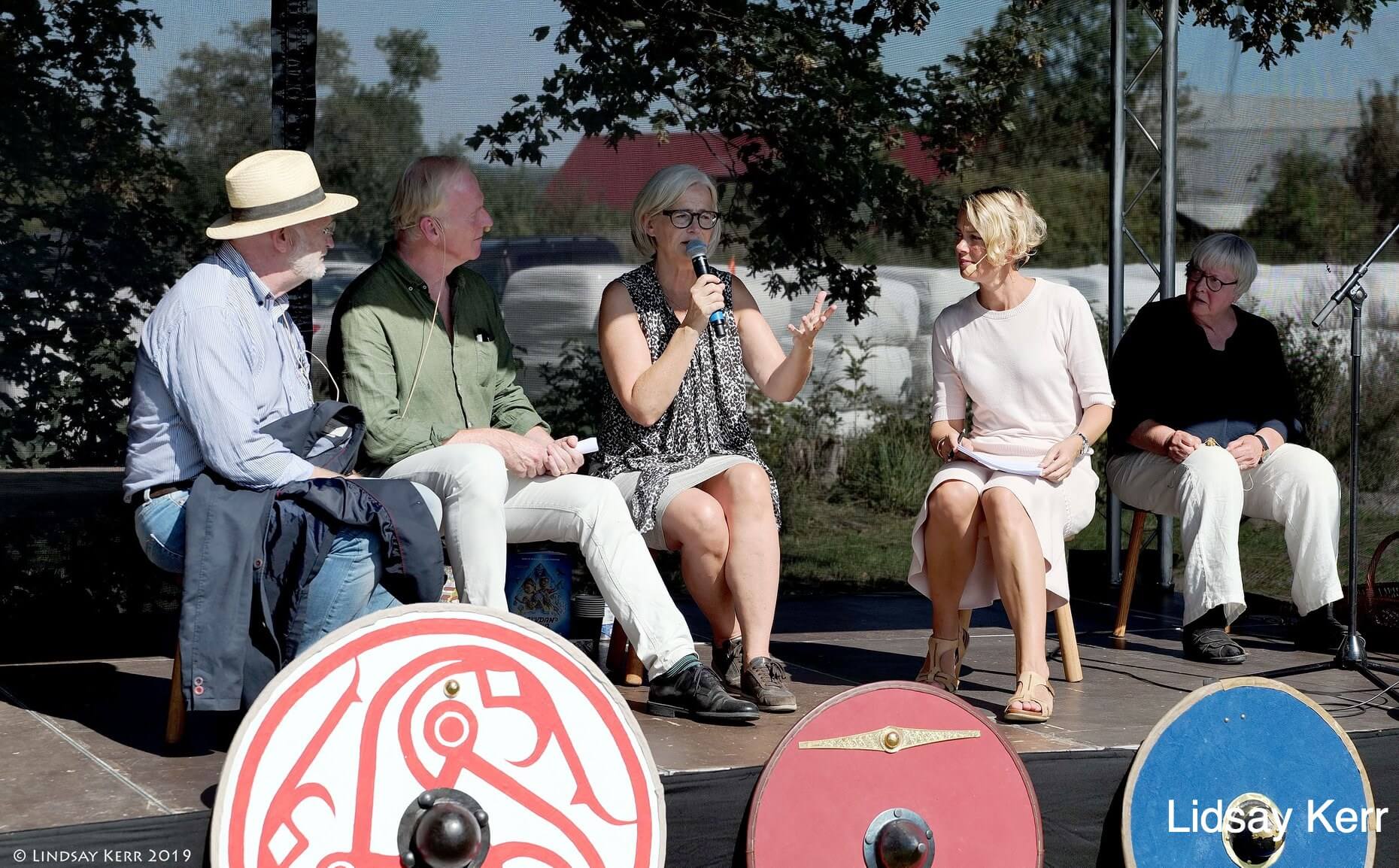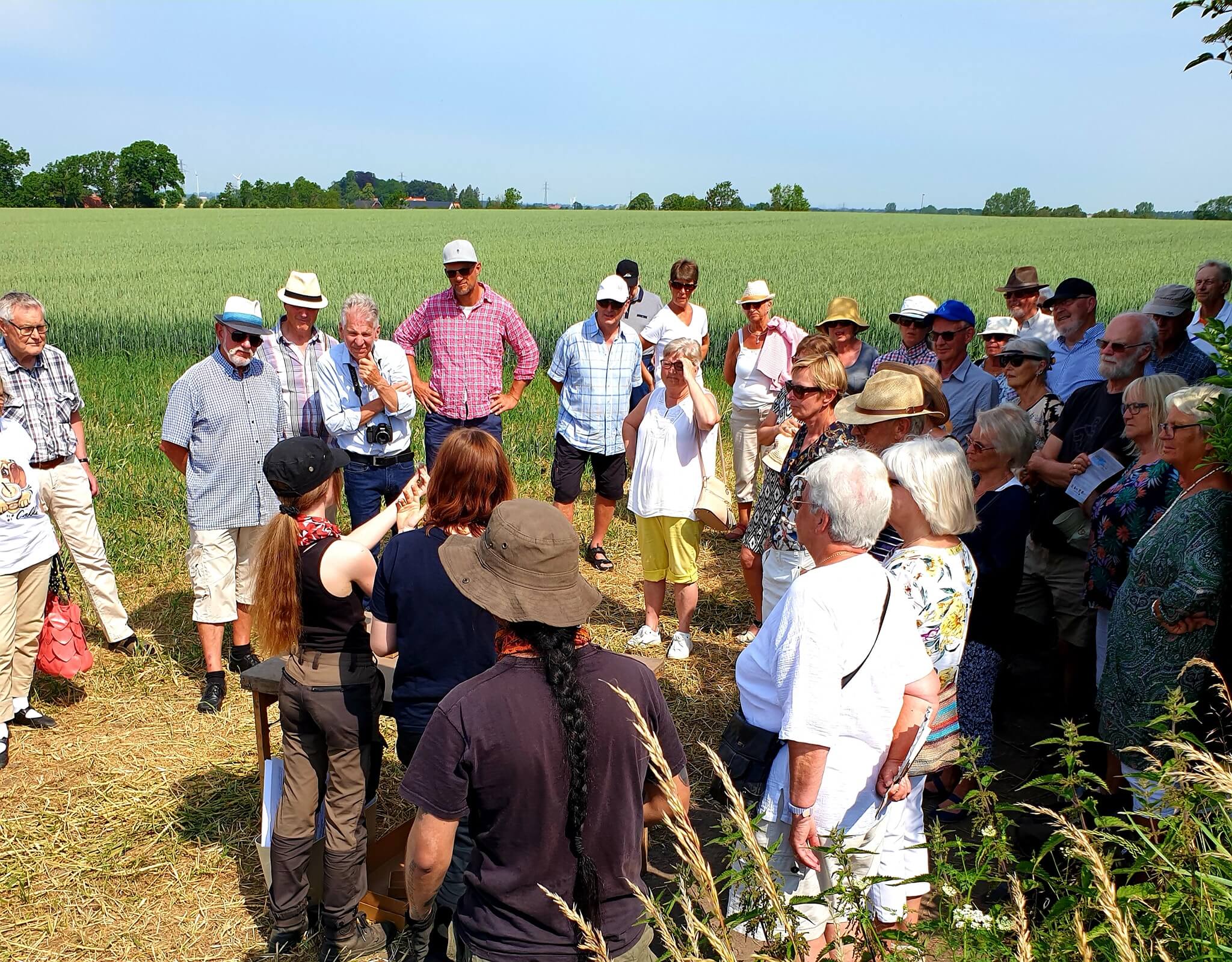
UPPÅKRA, Sweden
In 1934, the archaeologist Bror Magnus Vifot was called to Uppåkra. Remarkable clay floors with hearths, pottery sherds and metal objects were found during the building site of a pigsty. He quickly became aware that this was an Iron Age settlement with amazing preservation. We now know that people lived there between 100 BC and 1000 AD, giving us 1100 years of human lives, with their material remnants revealing changing world views, political wills and weavings of networks.
There are a lot of questions regarding exactly what type of settlement Uppåkra was. during new excavations, evidenceemerged indicating that the settlement was divided into functional zones supporting different needs. On the highest spot, the huge hall for the ruling dynasty and the cult house was situated. They had not only ceremonial function, but were also a “living house” for the ruling dynasty.These two buildings were the physical and ideological centre points. There were also homesteads with other hall buildings and with smaller housessurrounding the manor. Further south on the slope smaller artisan houses were situated. In a “kitchen zone” west of the road three large ovens have also been investigated. It appears they were used for baking bread and beer brewing.
The excavations at Uppåkra show that it was a large and rich manorial settlement with religious functions, serving a vast hinterland. It was laid out to reflect the hierarchies of the society, with a chieftain’s manor and cult house at the centre and the retinue gathered in their halls and lastly artisans and unfree serfs were located on the peripheries.
The great manor shifted in size and activities during the Iron Age. These changeswere connected to agrarian economical dynamics and shifting political relationsin the region and abroad.
From c.200 AD, in the late Roman times the cultural and political impact from the Roman Limes can be seen inthe increasing density of the settlement and the erection of a new cult house. Its position as a religious and secular centre held for 700 years, until the end of the late Viking Age. Furthermore, artisans worked here throughout the whole Iron Age.The production consisted of combs, jewellery of different metals, “guldgubbar”, glass beads etc. Long-distance connections to the South, West and East can be traced in exotic jewellery and coins found during excavation. This situation was greatly altered in the political turmoil of the late 10th century.



